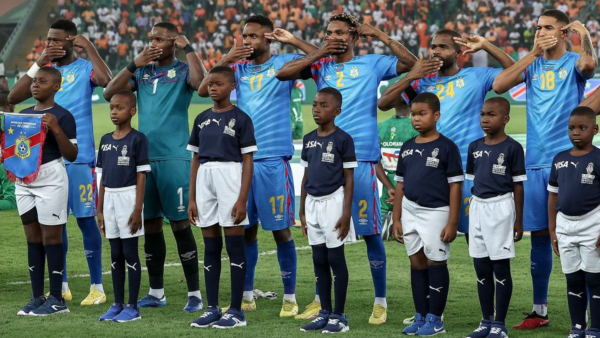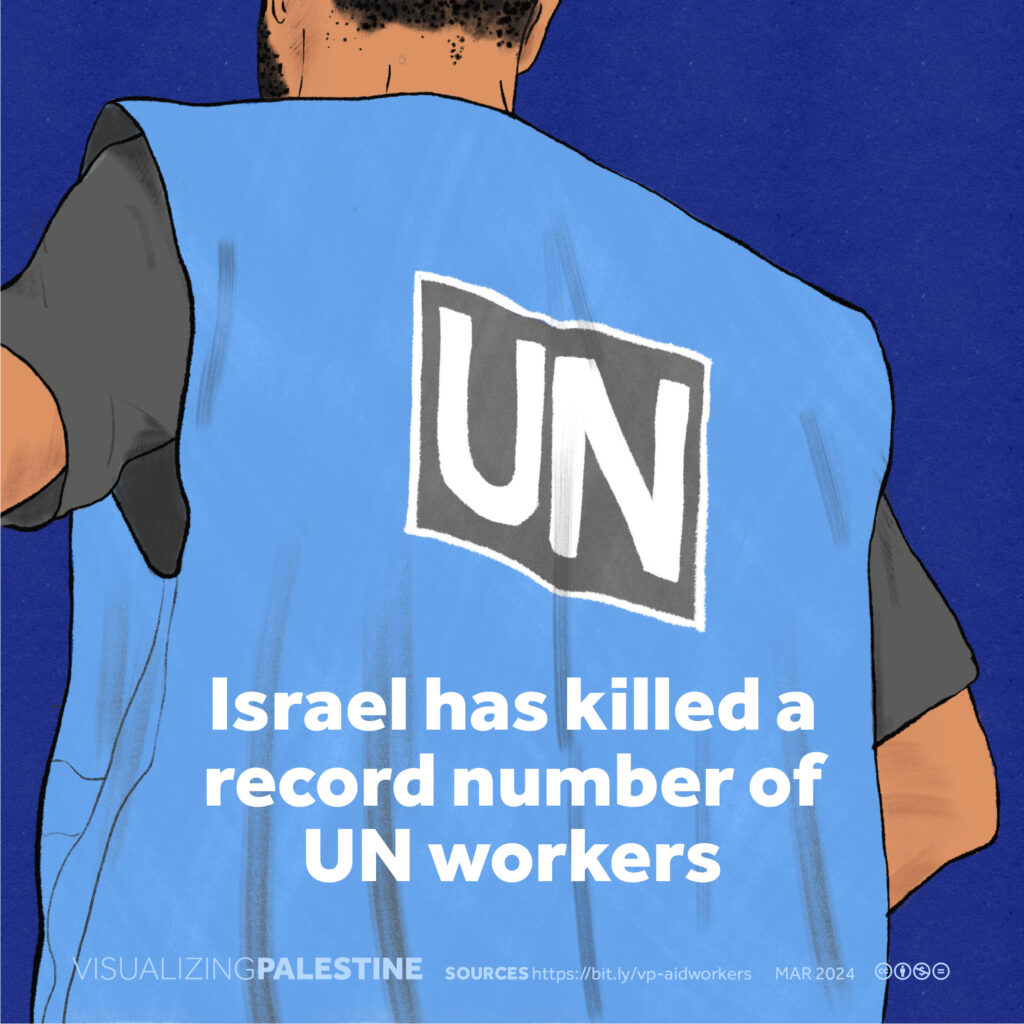Is Israel Mad?
Has Israel gone mad? Or has it always been mad? What is the country thinking?
The collective nouns seem reasonable in light of the widespread support in that country for the Israeli government’s appalling military assault on the people of the Gaza Strip for the last five months. How can Israel — and its outside supporters — cheer on the bombings (compliments of coerced Americans), the ground attacks, the mass starvation, the terror, and the rest of the crimes that we witness every day? The death toll is pushing 31,000, most of them infants, children, women, and old men, not fighters. So many more have been disabled for life. Gazans — including newborns — lack food, good water, medical services and equipment, and drugs, including anesthesia. The humanitarian aid is a small fraction of what they need. So many have been driven from their homes, to which they’ll never return because the buildings have been destroyed.
And there’s no end in sight! Will it take the murder of the last Gazan for it to stop? For clear-eyed observers watching helplessly from afar, it is heartbreaking. We cannot even stop the Biden administration from sending bombs, bullets, and spare parts to Israel — without which this could not go on.
Those are human beings in Gaza, for heaven’s sake! Stop the carnage!
Israel’s supporters may think that uttering the word Hamas provides all the justification required. That can’t be. Common-sense moral intuition possessed by virtually everyone says otherwise. Yes, Hamas committed horrible acts on Oct. 7. So this is the response? Mass death, injury, and destruction? Don’t say, “What else could Israel do?” Being unable to think of something else to do is not a license to kill tens of thousands of infants, children, the infirm, the elderly, and the rest. That makes no sense.
Hamas was nothing before the late 1980s. Why hadn’t Israel been willing to treat the Palestinians justly before that? Maybe we would have never heard of Hamas. But Israel encouraged Hamas, well before Netanyahu, because the Islamic organization was seen as a religious rival to the popular and secular PLO; hence Hamas could be used to split the Palestinians. Divide and rule. Advantage Israel.
History did not begin on October 7, 2023. It began more than a hundred years ago. Why? Because Arabs, both Muslims and Christians, dared to live in the Jewish Promised Land. Well, Zionism said in effect, “we’re back. Thanks for keeping an eye on things, but you can go now. And if you don’t go, we’ll ‘transfer’ you out by force.”
So Gaza was a pressure cooker set on its deadly schedule long ago. Later events, such as the Israeli blockade of the strip and repeated military assaults, made things worse. This is not an excuse but necessary information — the full context — for comprehending what’s going on.
Why is it going on? One reason, I think, is an aspect of Zionist and Israeli culture, which originated with some, not all, European (Ashkenazi) Jews many years ago. Zionism arose in Europe in the late 19th century; Jews lived in other places too, however. It embodied the conviction that European history — even before the genocidal Nazis — and the world’s alleged congenital hatred of Jewry made permissible anything seemingly necessary to survival. World opinion doesn’t matter — the world will hate “us” no matter what. So the rules are different. As Rabbi Stuart Federow said after Oct. 7, “What better proof is there that we are the servants of God who suffer because we’re God’s servants than what is going on in the world today? Why is there anti-Semitism? Because deep down in the recesses of their heart and soul, they know we’re right.”
I used the narrower terms Ashkenazi, Israeli, and Zionist culture, not the broader Jewish culture. That’s because Zionism was never anything like a unanimous Jewish view. Also, no single Jewish culture exists. Jews are of many cultures, languages, and nationalities. We’ve been encouraged to forget that. The Arab Jews (you read that right), the Mizrahi, saw things differently from the Ashkenazim because they had lived and prospered alongside their Arab Muslim neighbors for generations. Ask historian Avi Shlaim, the Iraqi-born Jewish historian. Ask Alon Mizrahi. The Arab Jews spoke Arabic, wore Arabic clothing, listened to Arabic music, and ate Arabic food. The Ashkenazi Israeli elite found them “too Arab” and worked to “Israelize” them when too few European and American Jews were willing to emigrate.
Another reason the words Zionists and Ashkenazi Israelis are more appropriate than the narrower Jews is that so many Jewish people are shocked by what Israel is doing. Look at who turns out en masse for and even leads the anti-Israel protests in the United States and other Western countries: Jewish Voice for Peace and IfNotNow. They wear shirts that cry out, “Not in Our Name.” Consider the religious backgrounds of many of the most prominent critics of the “Jewish state’s” mistreatment of the Palestinians. It is not Judaism versus the world. It’s Zionism versus Jews and the world. The ranks of anti-Zionist and non-Zionist Jews grow every day. It’s absurd to blame “the Jews” for Israel’s bad behavior. Memo to the relatively few real anti-Semites who sully the anti-Israel demonstrations: creep back into the shadows. You are not welcome.
Jewish anti-Zionism is as old as Jewish Zionism itself. The early Zionists, like their successors, believed that Jews constituted a single “race,” or blood group. According to this essentialism, one could not stop being Jewish. The Nazis later were happy to agree. To the extent anyone believes that today, Hitler has won.
The anti-Zionist Jews rejected essentialism. They understood that Judaism was (and is) a religion and the Jewish people its practitioners comprised of many “races,” ethnicities, and nationalities. In America the Reform Jewish movement agreed and explicitly renounced the claim that they were a diaspora longing to “return” to their national home in Palestine. In their view Judaism existed to spread God’s word and set an example for the world. Nationalism conflicted with that mission. Theirs was the prophetic universalist Judaism that had long clashed with tribalism and the ghetto mindset.
Most Orthodox Jews rejected Zionism for similar reasons. (My paternal grandfather was one.) In effect, they asked, “Where is it written that God would appoint the atheist Herzl or the atheist Ben-Gurion as the Messiah?” According to the Orthodox, God (using the Romans) exiled the Jews from Judea in 70 CE because they had sinned. The arrival of the Messiah, a man, king, and warrior, not a divine being, would herald the time for return. (Israeli historian Shlomo Sand shows that no evidence of an exile exists.)
The anti-Zionist Jews, both Reform and Orthodox, had three grounds for rejecting Zionism. First, it would turn Judaism into idolatry. Instead of Yahweh and the Torah, the object of adoration would be the state of Israel. To the dismay of the anti-Zionist Jews, an atheist nonpractitioner with a Jewish mother could, in the Zionists’ eyes, be a Jew in good standing (and qualify for Israeli citizenship) as long as he or she loved “the Jewish state.”
Second, the earliest anti-Zionist Jews pointed out that Palestine was not a “land without a people.” They knew that Arab Muslims, Christians, and secularists had lived there for generations. Further, they warned that the European Zionists’ palpable disdain for the locals and their arrogant coveting of the land would inevitably bring trouble. As Israeli historian Ilan Pappé says, “Jews had to escape from Europe to find a safe haven. But you cannot create a safe haven by creating a catastrophe [Nakba] for other people.”
Third, the Jewish anti-Zionists feared that Zionism and its so-called “Jewish state” would jeopardize the lives of Jews who were happily settled in the United States and other Western countries after valiant struggles for emancipation, acceptance, and assimilation. An exclusivist state would encourage anti-Semites, who would say in effect, “You Jews now have your own special state way over there. Let me help you pack your bags.” That was a genuine concern because much was at stake. (For more about the anti-Zionist Jews, see the Reform Alfred Lilienthal’s 1949 Reader’s Digest article, “Israel’s Flag Is Not Mine.” Also check out the still-active 81-year-old American Council for Judaism, founded by Rabbi Elmer Berger. Also check out the YouTube videos of the Orthodox anti-Zionist Rabbi Yaakov Shapiro.)
Shamefully, after 1948 the Israeli government and its American supporters worked to discredit the Jewish anti-Zionists because they told the public about the mass dispossession and even massacres of Palestinians by ruthless Zionist militias, which had future Israeli prime ministers in their ranks. Without that Nakba, no “Jewish state” could have come into existence through self-declaration. (Contrary to popular belief, the United Nations did not partition Palestine into Arab and Jewish states because it lacked the power to do so. Rather, the General Assembly voted to recommend partition. See Jeremy R. Hammond’s “The Myth of U.N. Creation of Israel.”)
If Jewish Zionists are honestly concerned about a rise in anti-Semitism and are not, again, crying “wolf” merely to innoculate Israel from legitimate criticism, they ought to look to Israel’s mistreatment and humiliation of the Palestinians in Israel proper, the West Bank, and Gaza as a source. That may prove enlightening.
But are Jewish Zionists really worried about anti-Semitism? Golda Meir, the former prime minister of Israel who infamously denied the existence of the Palestinians, worried about what she said were the two dangers facing the Jewish people: annihilation and assimilation. The Jewish Telegraphic Agency reported on June 17, 1972:
Meir Warns American Jews of Dangers of Assimilation
Premier Golda Meir has warned American Jewry of what she called the “dangers of assimilation and intermarriage.” The Premier told the opening session of the Zionist Organization of America’s 75th jubilee convention that she viewed the issues as seriously as she did the existence and security of Israel itself. She challenged the ZOA and other American Zionists: “Are you certain that your children and grandchildren will remain Jews?”…
“I dread the verdict of history on this generation if, given the opportunity which the State of Israel’s existence provides to strengthen the Jewish people, we fail. There could be no greater tragedy than this… The big question is: Can Jewishness flourish in free [i.e., tolerant–SR] societies? We now see that not only through hatred and oppression can the number of Jews be diminished, but also through love and freedom.”
The solution, Mrs. Meir said, was an intensive Jewish life in the diaspora, with Israel, Hebrew education and aspiration to aliya [i.e., permanent migration to Israel–SR] as its central features.
This is remarkable. Did she perhaps think that a little anti-Semitism could help prevent assimilation and intermarriage by strengthening Jewish identity? As Herzl said, the anti-Semites make “us” Jews. Anyone who thinks that Israel is essential to eliminating anti-Semitism and making Jewish people safe is sadly mistaken. Where are Jews less safe than in Israel? Certainly not America.
The Israeli Arab Jew Alon Mizrahi points out that Zionism should be judged by what it does, not by what it says. “Palestinians are, and forever will be, the foremost victims of Zionism,” he writes. “But for too long we have neglected to look at the terrible price Jews have been paying for it in terms of their humanity, their morality, their freedom and creativity and, tragicomically, their sense of place and belonging among our brothers and sisters of all races and places, including, yes, Palestine.”
Amen.
Sheldon Richman is the executive editor of The Libertarian Institute and a contributing editor at Antiwar.com. He is the former senior editor at the Cato Institute and Institute for Humane Studies; former editor of The Freeman, published by the Foundation for Economic Education; and former vice president at the Future of Freedom Foundation. His latest books are Coming to Palestine and What Social Animals Owe to Each Other.








